Cryptomeria: description, types, care and reproduction
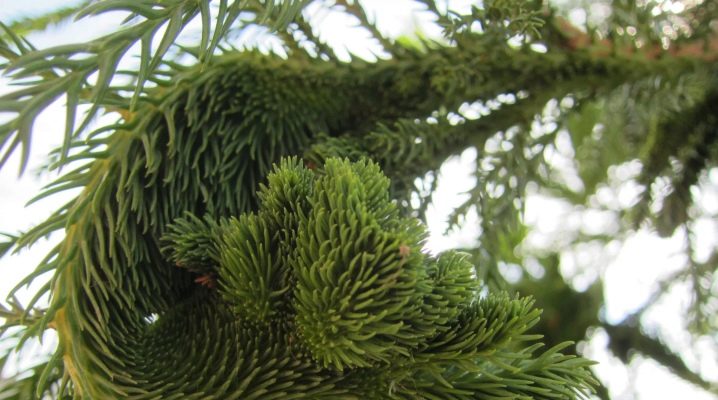
There is a considerable number of conifers, the beauty of which meets the expectations of most aesthetes. One of these is Japanese cryptomeria - a popular and very spectacular species, successfully grown both in the open field and at home. To achieve an optimal result, it is enough to familiarize yourself with the description of this plant, the rules of caring for it and the features of its reproduction.
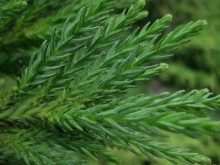
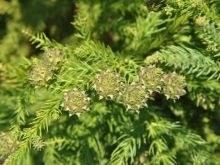
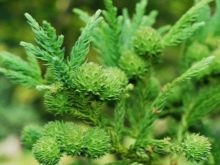
What it is?
The tree in question, also called "Japanese cedar", "sugu" and "shan", is the only member of the genus Cryptomeria, which is part of the large family Cupressaceae (Cypress). Its homeland is the warm and humid regions of Japan and China, from where it was brought to Europe in 1842. Despite one of its names, cryptomeria is not a cedar, as it belongs to a different biological genus.
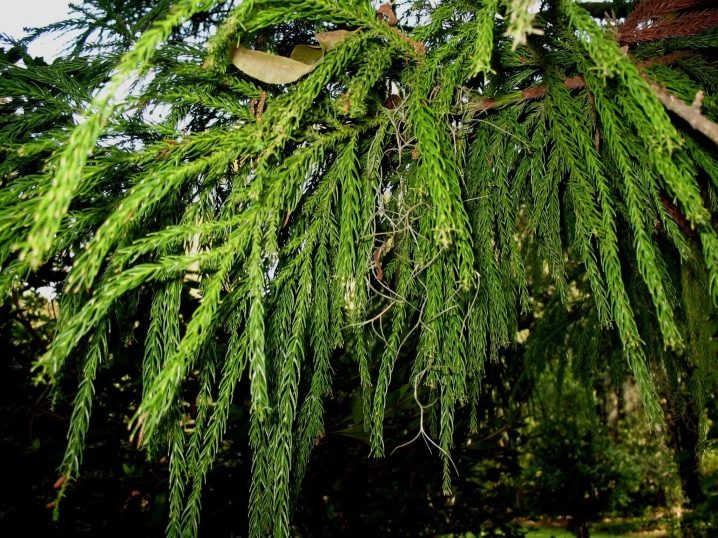
In its natural habitat, the described tree can live for centuries and reach enormous sizes (the height reaches 60 m, and the trunk is 2 m in diameter). As for the decorative varieties of Cryptomeria, they are not tall and rarely overcome the 3-meter mark. A description of other features of this plant is presented below:
- a straight trunk, the shape of which resembles a highly elongated cylinder;
- beautiful pyramidal crown;
- fibrous bark, which has a reddish brown tint;
- light green needles, located in a spiral (at first it is soft, and with age it becomes more rigid);
- round brownish cones reaching 3 cm in diameter;
- flowering in single buds or bunches of 2-3 pieces each.
Special attention should be paid to the light brown wood of cryptomeria, which is decorated with an original dark pattern (this feature is explained by the presence of dark resin). The main advantages of such wood are lightness and minimal susceptibility to decay, and the only drawback is softness, which significantly narrows the scope of its application.

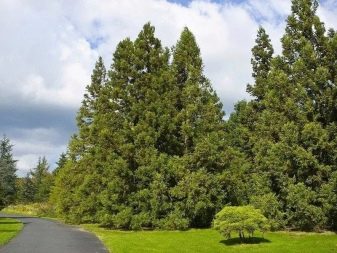
Types and varieties
Currently, biologists distinguish 2 types of cryptomeria - var. japonica and var. sinensis. In addition, more than 200 varieties of the described coniferous tree are known, among which there are a wide variety of variations - from garden ones, growing up to several meters in height, to dwarf ones, which are optimal for decorating homes and office premises. Popular representatives of the first category are the following.
- Spiralis. A relatively small tree that looks like a bush and is decorated with needles twisted in a spiral (for which it got its name).
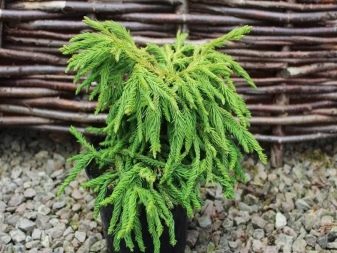

- Arauicarioides. The most notable feature is the short needles, painted in a deep dark green color. Also, the variety in question is notable for the many chaotically growing shoots of considerable length.
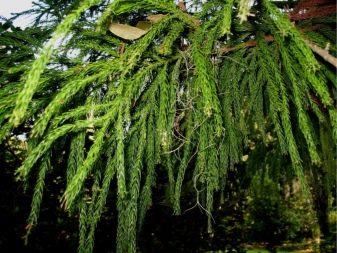
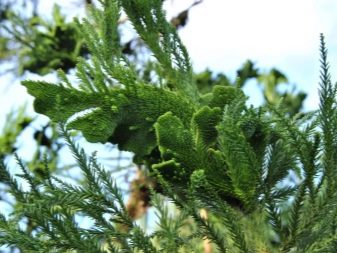
- Compressa. It is distinguished by its small size and an impressive number of small branches, decorated with rosettes of needles. In the warm season, the plant is characterized by a bluish-green color, and with the onset of cold weather, it is brown-red.
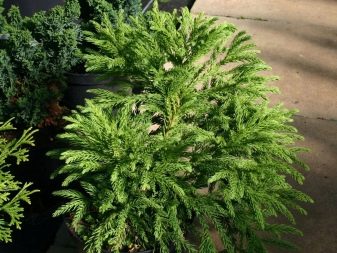

- Montrosa. Representatives of this variety grow to a 2-meter mark. Such trees have a straight trunk and a spectacular columnar crown.
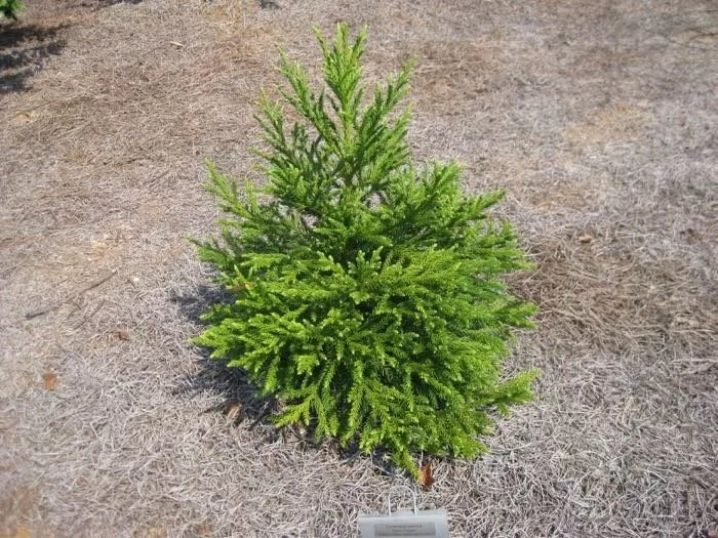
- Elegans. One of the tallest and most hardy variations of Cryptomeria, the main decoration of which is the long and soft needles - blue-green in summer and reddish-bronze in autumn.
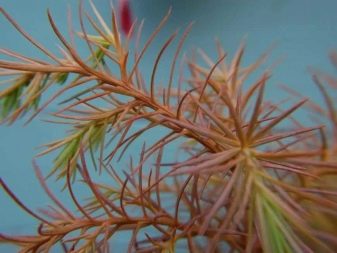
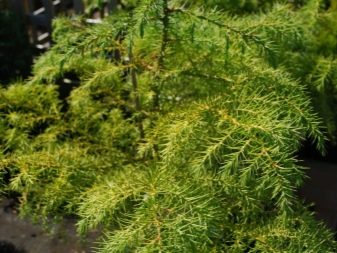
Also worthy of mention is "Elegance Viridis" - a variety that attracts attention with its wide conical crown. Like the Elegans, it is resistant to sudden temperature changes and other adverse weather conditions, which makes it one of the best solutions for regions with a "capricious" climate. Those varieties of cryptomeria that are optimal for growing at home are also worth considering.
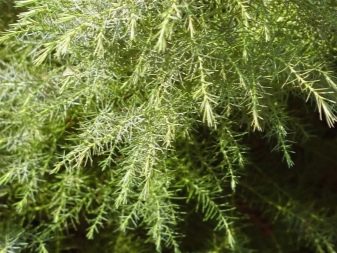
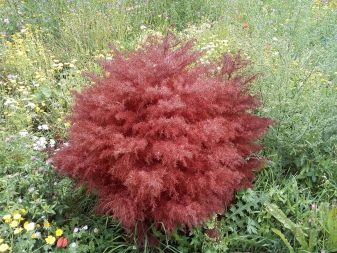
As for the most remarkable forms belonging to this group, their list is as follows.
- Bandai-Sugi. A compact shrub with many shoots covered with thick and tough bluish-green needles.
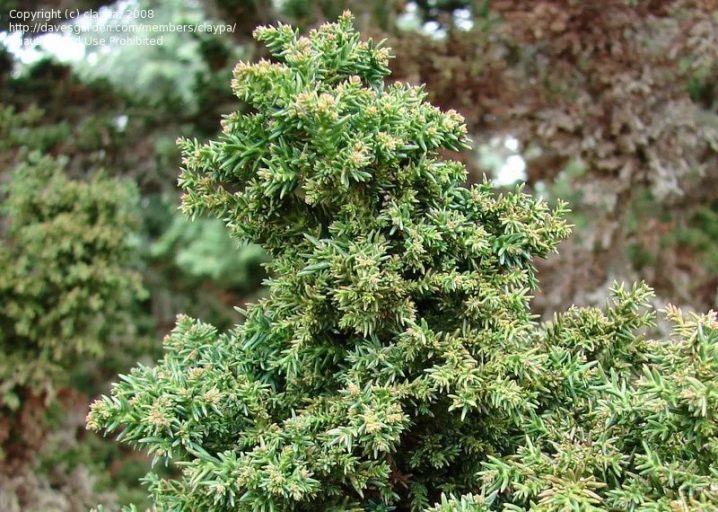
- Nana Albospica. One of the most unusual varieties, the needles of which are white in color (over time it changes to pale green).

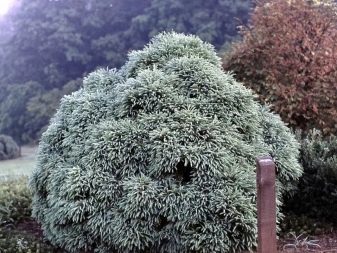
- Yokohama. A variation that is well-deservedly popular with bonsai lovers. The height of such plants is no more than 30 cm, their crown has an original pyramidal shape, and the dark green needles turn brown with the onset of autumn.
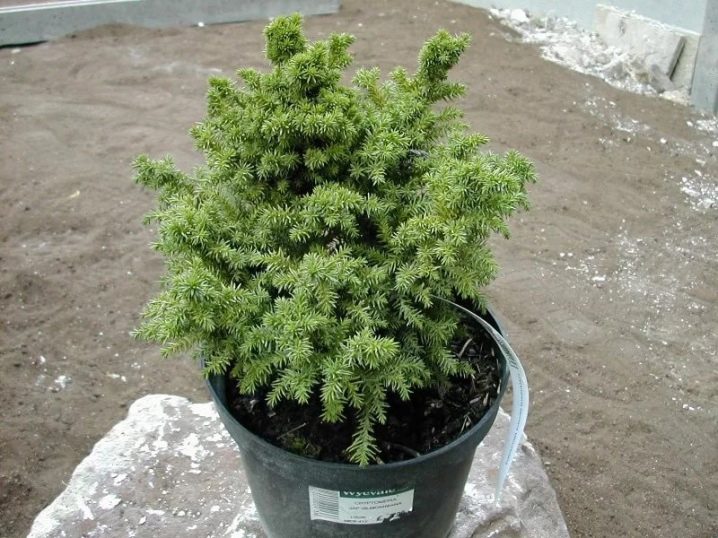
- Vilmoriniana. Another famous bonsai cultivar that grows at a rate of 3 cm per year. In addition to its diminutive size, Vilmoriniana boasts endurance and a beautiful spherical crown.

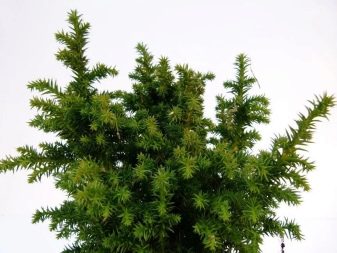
It is also worth mentioning Globosa Nana is a frost-resistant variety that can withstand cold temperatures down to -12 ° C. Thanks to this feature, such trees can grow year-round both on glazed balconies and loggias, and in the open ground of subtropical regions (for example, in the vicinity of Sochi).
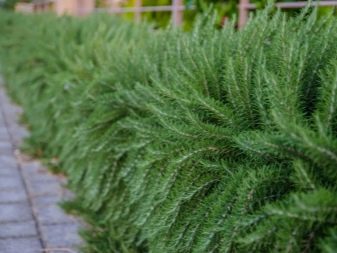
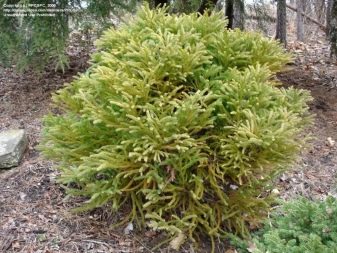
Care features
Depending on the place chosen by the owner of the cryptomeria, caring for it has its own specifics. The first option involves finding the tree outdoors, while the second involves growing the plant at home.
In the open field
Practice shows that the considered option for growing cryptomeria is relevant for warm and humid regions. In Russia, a relatively narrow territory running parallel to the Black Sea coast is optimal for it. If we single out the conditions, taking into account which allows you to grow a beautiful and healthy "Japanese cedar", then their list will look like this.
- An abundance (but not an excess) of sunlight. Also, for most varieties, a long stay in partial shade is acceptable.
- Recommended temperature - about 25 ° C in summer and 12 ° C in winter. Another important condition is the absence of strong drafts.
- Well-drained soil with a neutral or slightly acidic reaction (pH 6.5-7.0). The main contraindications are excessive limestone content and high groundwater levels.
- Abundant watering during the warm season and moderate with the onset of autumn. In addition, in dry summers, the tree needs regular sprinkling (the water used should be at room temperature).
Particular attention should be paid to the introduction of fertilizing - both complex mineral and organic. It is necessary to fertilize cryptomeria annually, with the onset of spring (if the tree does not grow well, this procedure should be repeated in late autumn).
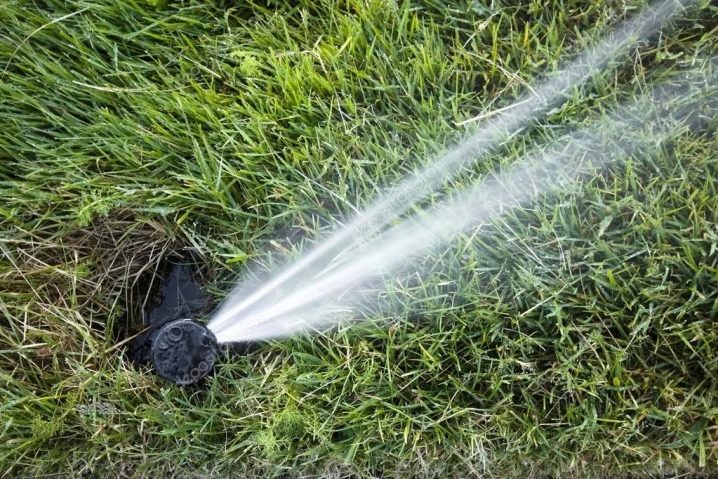
At home
The considered growing option involves the use of pots or tubs, the size of which is sufficient for a comfortable location of the root system of a small tree. As for other rules contributing to the solution of this task, they are listed below.
- For the full development of cryptomeria, a large amount of light is needed - both direct and reflected. If the "Japanese cedar" is not too tall, it can be placed between the casements.
- Cryptomeria grown in a house or apartment really needs fresh air. Given this circumstance, it is necessary to take care of the regular ventilation of the room (an alternative for the summer is the location of the tub with a tree on the balcony or loggia).
- During the warmer months, cryptomeria can be kept at normal room temperature.With the onset of winter, the room should be cooler (the best option is about 12 ° C).
- So that the plant does not suffer from a moisture deficit, it must be watered regularly (without waiting for the earthen coma to dry) and sprayed from a sprayer 1-2 times a day. It is also necessary to avoid stagnation of water in a container with cryptomeria, which is fraught with decay and death of the root system.
- It is enough to fertilize the coniferous tree in question twice a year, with the onset of summer. The best solution is mineral dressing, the concentration of which is ½ of the manufacturer's recommended norm.
- If cryptomeria is grown in the form of a bush, the tops of young shoots are pinched to it. In addition, to give the crown an aesthetic appearance, annual sanitary pruning is required, carried out in the spring.



Equally important is the transplantation of "Japanese cedar" - a procedure performed every 5 years for mature trees and annually for young ones (in the first 3 years of life). It involves updating the substrate used and, if necessary, replacing the pot with a more spacious one. In addition, home-grown cryptomeria requires annual replacement of the topsoil.
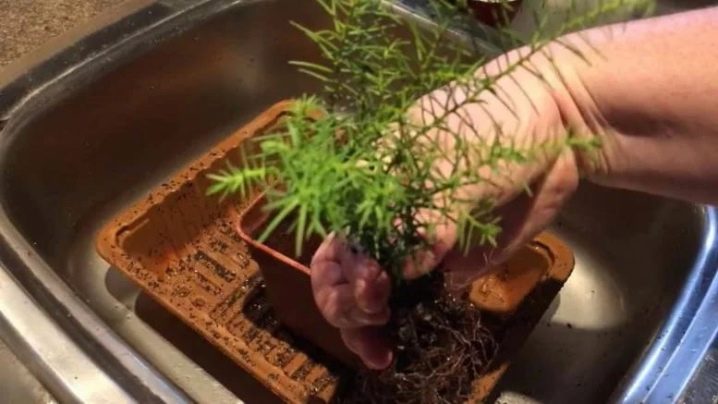
Reproduction
There are 3 ways of breeding "Japanese cedar", each of which has its own characteristics. The first one involves the use of seeds and is characterized by high complexity, which is why it is not very popular with gardeners. To grow cryptomeria using this technique, you need to adhere to the following procedure:
- prepare a small container and fill it with a substrate (recommended components are river sand and peat);
- plant seeds and water them thoroughly;
- cover the pot with plastic wrap or glass.
For the seeds to germinate, the container must be in a warm place that does not suffer from a lack of sunlight.
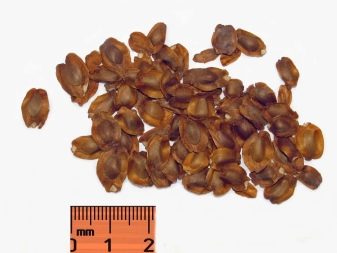
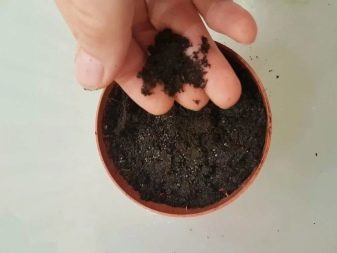
The second method of propagation of cryptomeria involves the use of cuttings, and therefore is more suitable for trees grown in the garden. To solve this problem, you must:
- select several branches located below and thoroughly clean them of needles;
- carefully cut the planting material, securely attach it to the ground and sprinkle it with a thin layer of soil;
- cut off the layers after its root system grows and gets stronger;
- perform a transplant of young cryptomeria, having previously chosen a suitable place for it.
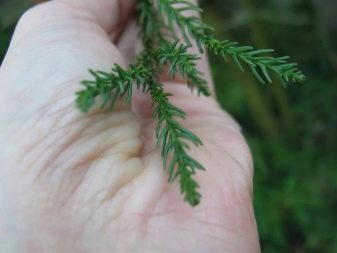
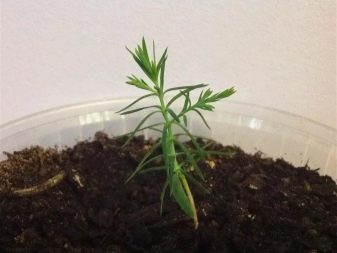
The third and least complicated method of propagation of the described coniferous tree is vegetative. It is advisable to schedule this procedure for August, following a few simple recommendations:
- select strong apical shoots and carefully cut them off;
- clean the lower part of the planting material from the needles;
- place the cuttings in a container with a solution of a rooting stimulator for several hours;
- place the planting material in a substrate consisting of peat and river sand;
- create greenhouse conditions for the cuttings by covering them with glass or film.
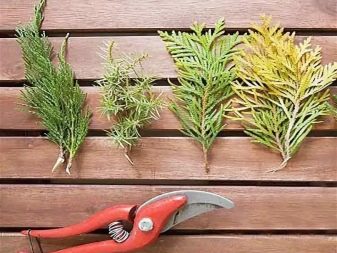
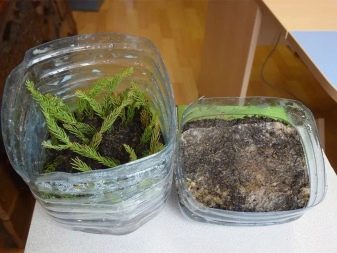
For plants to take root, they need to provide regular watering and daily airing.
After the appearance of new shoots, indicating successful rooting, young Cryptomeria can be transplanted into separate containers.
Diseases and pests
One of the most dangerous problems that can threaten the "Japanese cedar" is excessive watering, leading to decay of roots and the development of pathogenic microflora. The presence of the latter can be stated in situations when the needles of cryptomeria turn yellow, and then darken and die off. As for the measures, the timely adoption of which allows you to save the plant, their sequence is as follows:
- remove all infected areas;
- treat the cut sites with activated carbon powder or other antiseptic;
- transplant the tree into new soil, after disinfecting the pot;
- treat the crown with a fungicide solution several times, observing a weekly interval (with the same agent, water the soil in the near-trunk circle).

Another attack that weakens cryptomeria is excessively bright and prolonged illumination, which leads to yellowing of the needles. In the presence of this symptom, the tree needs to provide effective protection from excess sunlight. If the "Japanese cedar" sheds needles, it suffers from a lack of moisture, which requires more careful watering of the plant. Of the pests, cryptomeria is most often disturbed by scabies and spider mites.
To get rid of them, you need to double-treat the tree with a broad-spectrum insecticide, following the instructions for the purchased drug.
Use in landscape design
Today, cryptomeria is successfully used by landscape designers, which is explained by the original appearance of this plant and an impressive number of its varieties. Such trees effectively decorate parks and recreation areas, protective forest belts and adjoining territories. The combination of "Japanese cedar" with coleus and heuchera, euonymus and Thunberg barberry looks especially advantageous.
Other solutions that designers often resort to are - staggered cryptomeria and group planting of dwarf species along alleys and fences.
Summing up, it can be argued that the relative difficulty of caring for cryptomeria is justified by the excellent appearance of this plant. This tree can become a real decoration of a room or local area.

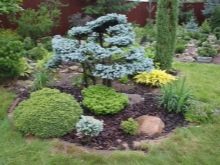
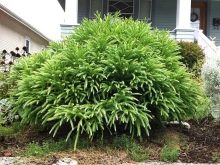
For an overview of cryptomeria and care features, see below.



























































The comment was sent successfully.